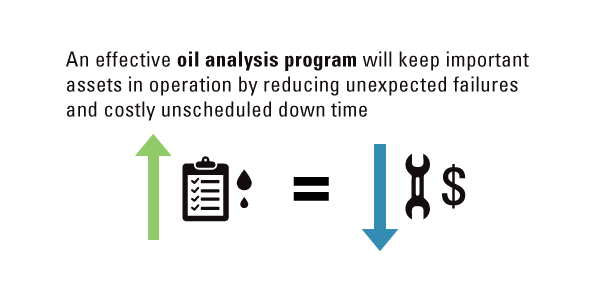Understanding Secured and Unsecured Loans: Which Option is Right for You?
#### Secured and Unsecured LoanWhen it comes to borrowing money, understanding the differences between secured and unsecured loans is crucial for making inf……
#### Secured and Unsecured Loan
When it comes to borrowing money, understanding the differences between secured and unsecured loans is crucial for making informed financial decisions. A **secured loan** is a type of loan that is backed by collateral—an asset that the lender can claim if the borrower fails to repay the loan. This could be anything from a car to a house. Because of this collateral, secured loans typically come with lower interest rates and more favorable terms, making them an attractive option for borrowers who have valuable assets.
On the other hand, an **unsecured loan** does not require any collateral. Instead, lenders rely on the borrower's creditworthiness and ability to repay the loan. This means that unsecured loans often come with higher interest rates compared to secured loans, as the lender takes on more risk. Common examples of unsecured loans include personal loans, credit cards, and student loans.
#### Advantages of Secured Loans
One of the main advantages of secured loans is the lower interest rates. Since the loan is backed by collateral, lenders are more willing to offer favorable terms, which can save borrowers a significant amount of money over time. Additionally, secured loans can be easier to obtain for individuals with poor credit histories, as the collateral reduces the lender's risk.

Another benefit is the larger loan amounts typically available with secured loans. Because the lender has collateral to fall back on, they are often willing to lend more money than they would for an unsecured loan. This can be particularly beneficial for major purchases, such as buying a home or financing a large renovation.
#### Disadvantages of Secured Loans
However, secured loans do come with risks. The most significant risk is the potential loss of the collateral if the borrower defaults on the loan. For example, if you take out a secured loan to purchase a car and fail to make payments, the lender can repossess the vehicle. This can lead to a cycle of debt and financial instability.
#### Advantages of Unsecured Loans

Unsecured loans, while generally more expensive due to higher interest rates, offer flexibility and peace of mind. Since there is no collateral involved, borrowers do not risk losing any assets if they cannot repay the loan. This makes unsecured loans a safer option for those who may not have valuable assets to offer as collateral.
Additionally, the application process for unsecured loans is often quicker and more straightforward. Borrowers can often receive approval and access funds faster than with secured loans, which may require extensive documentation and appraisal of the collateral.
#### Disadvantages of Unsecured Loans
The primary disadvantage of unsecured loans is the higher interest rates, which can make them more expensive in the long run. Borrowers with lower credit scores may find it challenging to qualify for unsecured loans or may only be offered loans with prohibitively high rates.

#### Conclusion
In conclusion, both secured and unsecured loans have their distinct advantages and disadvantages. The right choice depends on individual financial situations, credit history, and borrowing needs. Those looking for lower interest rates and larger loan amounts may benefit from secured loans, while those who prioritize flexibility and lower risk may prefer unsecured loans. Always consider your financial circumstances and consult with a financial advisor before making a decision. Understanding the nuances of secured and unsecured loans can empower you to make the best choice for your financial future.